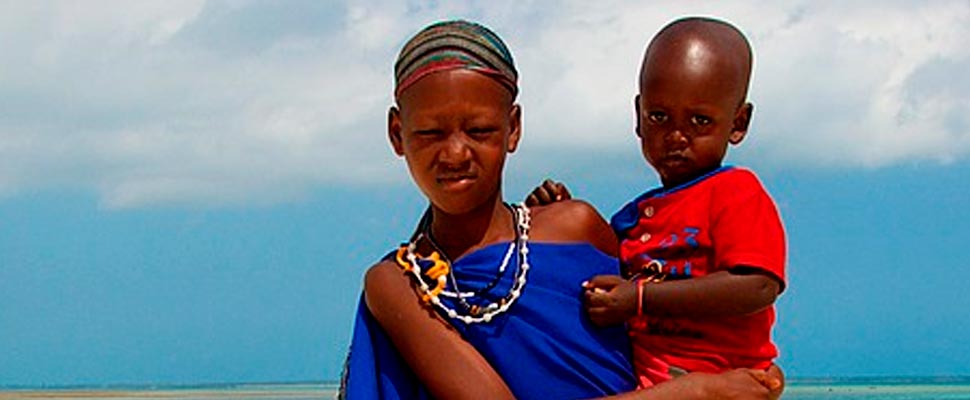Tradition of female genital mutilation must end according to UN
A total of 200 million women and girls have been affected by female genital mutilation and 4.1 million are at risk by 2020 .

Female genital mutilation has been a difficult practice to eradicate in Africa. / Photo: Pixabay
The Woman Post | Maria Lourdes Zimmermann
Listen to this article
Leer en español: Tradición de mutilación genital femenina, debe acabar según ONU
The report on the State of World Population 2020 prepared by the Population Fund of the United Nations ONFPA, publishes the figures and UNICEF collects some stories that show the cruelty of a centuries-old and savage practice that today, many women in Africa fight to eradicate.
Mariam Kako was born on April 13, 1986 in Arhiba, a suburb of the city of Djibouti, in French or Djibouti, located in the Horn of East Africa, which borders Eritrea and Ethiopia.
At just five years old, Mariam was subjected to female genital mutilation, a practice that constitutes a violation of human rights. "I remember everything; I remember every detail of that day, of those moments ”, she assures in the story she tells UNICEF.
Her trauma remains alive as if it were yesterday; "It's all in my head: where it happened, who was holding me, and also how they disguised everything with a party with gifts and music." The mutilation of her clitoris was a celebration in her community, for her, it was an unforgettable and painful aggression that would mark her at her young age and give her the courage to fight to change the situation.
Mariam had her clitoris and major and minor lips removed with a razor blade. Next, they stitched the two sides leaving it practically closed. This is the most common of the three types of mutilation practiced in Djibouti. And although the practice has been illegal since the 1980s, it was and remains a tradition that most of the country's ethnic groups carry out.
The Afar, an indigenous people from the Cusita community, who live in the Horn of Africa, practice female genital mutilation a few weeks after birth, and most of the Somali ethnic group usually do it just before puberty, until they reach 15 years of age.
The ONFPA Population Status report, which was produced during the initial phases of the pandemic, was recently released and figures reveal that in some countries, this practice is still as common today as it was three decades ago. More than 90% of women and girls in Guinea and Somalia, for example, are subjected to some form of genital mutilation or cutting in a cruel and ruthless act for their protagonists.
Child genital mutilation is an invasive procedure that involves partial or total ablation of the woman's external genitalia or other injuries to the genital organs without medical cause. The procedure is practiced in most cases in girls, between early childhood and age 15, the report reveals.
One of the figures that draws attention is the involvement of doctors, nurses, and midwives in this practice that the UN is fighting to eradicate in the world. An estimated 52 million women and girls have undergone female genital mutilation with the help of medical personnel under the approval and acceptance of the practice by the families of the victims. Mutilated mothers, allow the same in their daughters, by tradition.
Also read: Countries group into clusters as COVID-19 outbreak spreads
"Day after day, hundreds of thousands of girls around the world are subjected to practices that cause physical or psychological harm or both, with the full knowledge and consent of their families, friends, and communities," confirms ONFPA.
For the organization, "These practices reduce and limit girls and women in their ability to fully participate in society and develop their full potential . " "The consequences spread throughout society and underpin the same stereotypes and gender inequality that motivated such damaging acts."
Harmful practices are often tools of control over the sexuality and fertility of women. In many places, female genital mutilation is thought to suppress sexuality in women, prevent infidelity, or enhance men's sexual pleasure. Although sometimes considered a religious obligation, such an opinion serves to "mask the fundamental purpose, which is to control women's sexuality," said Dr. Hania Sholkamy, an anthropologist at the Center for Social Research at the American University in Cairo, who was interviewed for the report.
The goal for the United Nations is to eliminate the practice by 2030, progress to end it must be at least 10 times faster, taking into account that only in 2020, 4.1 million girls and women face the risk of undergoing female genital mutilation.




